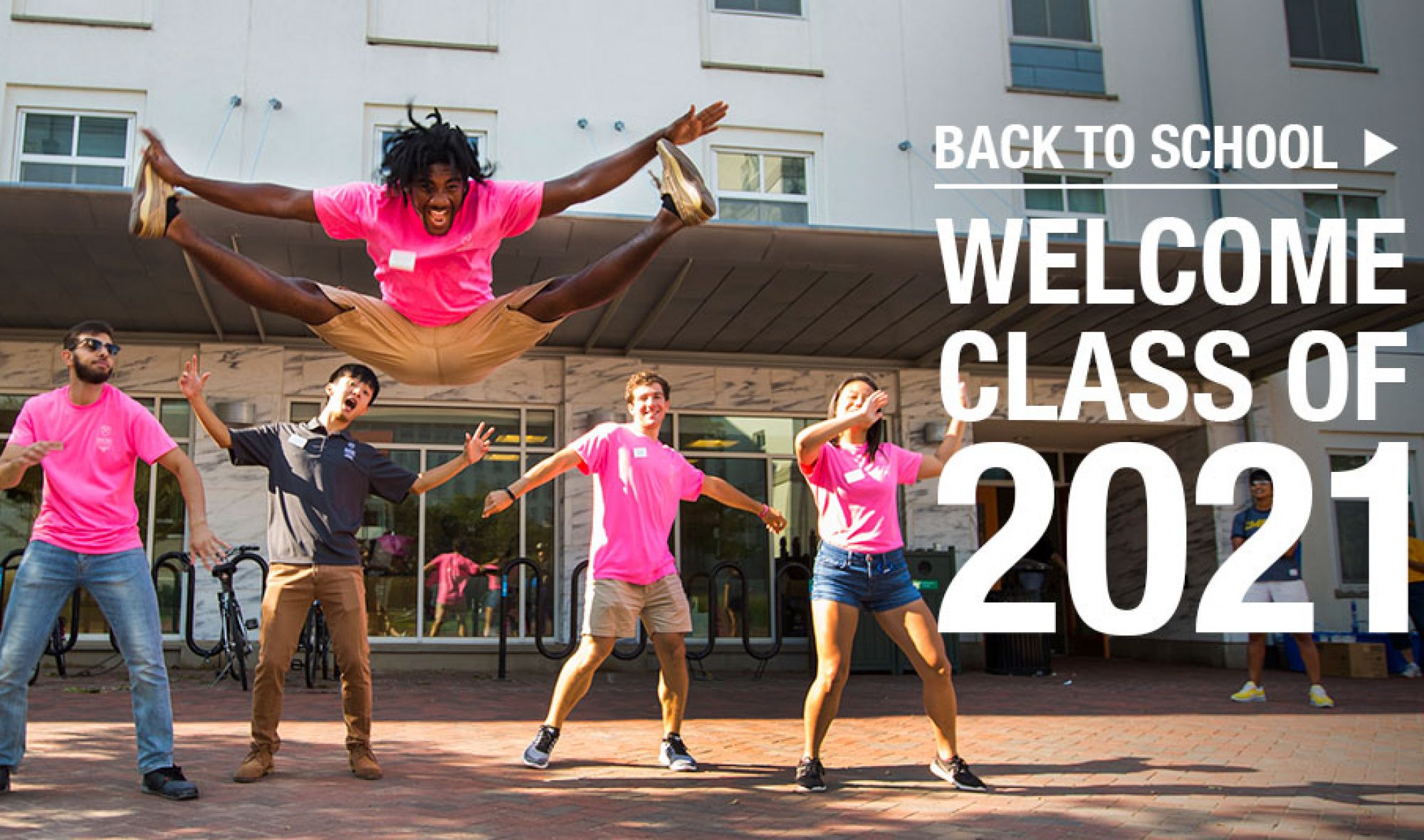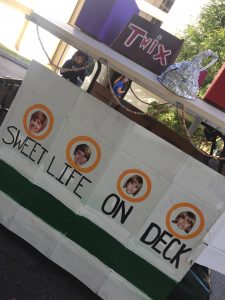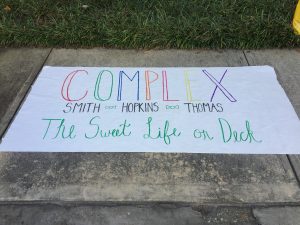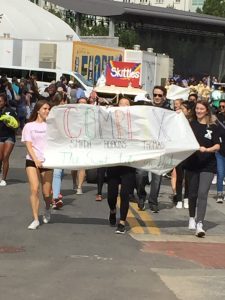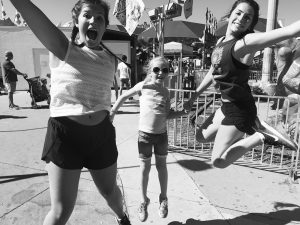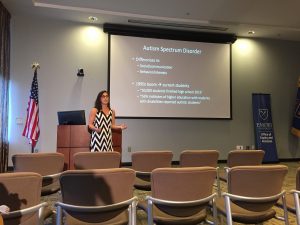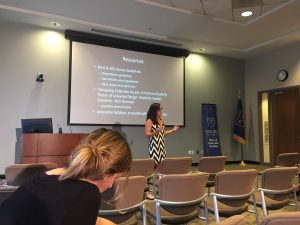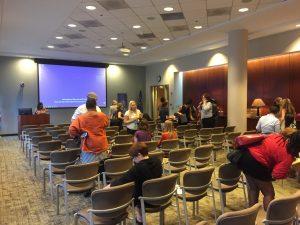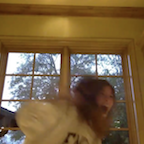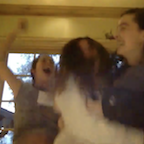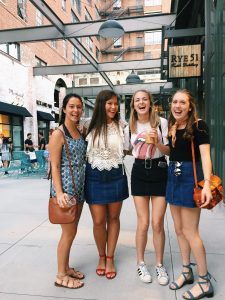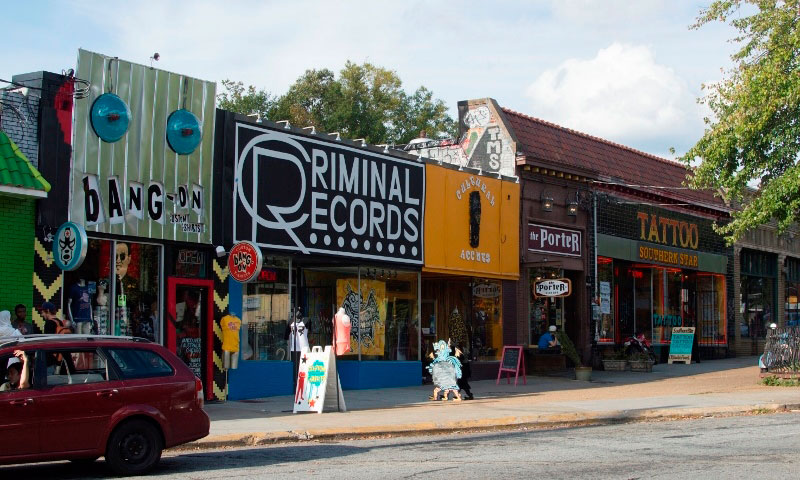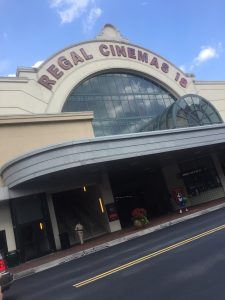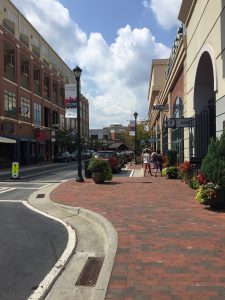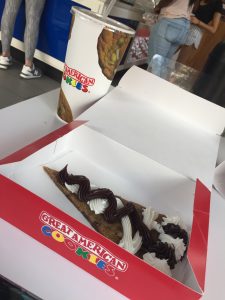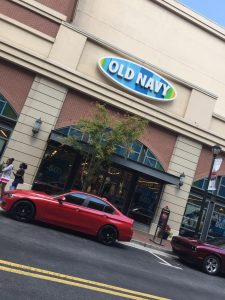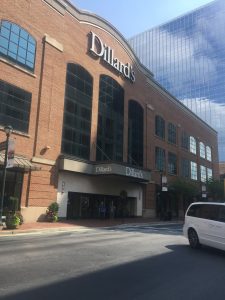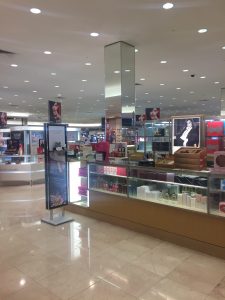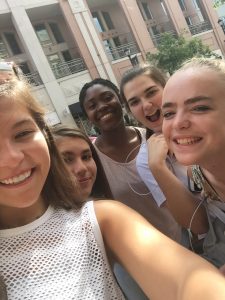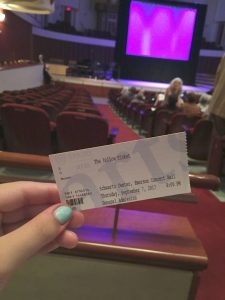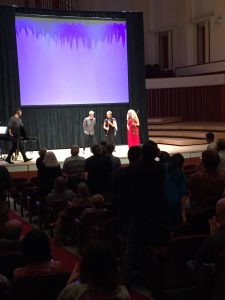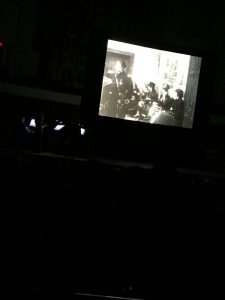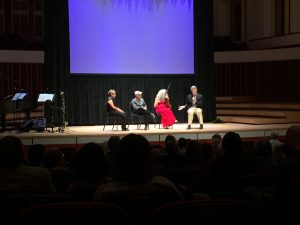Imagine yourself in standing in the middle of an open, green field, with trees all around. There is a lake to your left, and all around you in the distance are tall buildings that contrast the nature within your immediate distance.
This is what it feels like to visit Piedmont Park, an urban park about one mile northeast of Downtown Atlanta. Its 185 acres of land are home to many activities and events, including a farmer’s market and sports practices.
As I ordered my Uber to visit Piedmont Park last Thursday afternoon, I wasn’t sure what to expect. All I knew was that after a long week of studying and classes, I was ready to be outside in the beautiful weather and have a relaxing afternoon.
The Uber dropped my friend and me off near the Welcome Plaza. As soon as we stepped out of the car, we were struck with silence. Not only were there limited people around, but the only sounds we could hear were the rustling of leaves and the occasional bird chirping. This was brand new to us coming from a bustling college campus.

We decided to take a look at the map to see what the park had to offer. We noticed tennis courts, a swimming pool, and many picnic areas. However, the map was a bit difficult to interpret, so we simply walked forward to see where it would take us.
First, we came upon a beautiful lake, where there were multiple people fishing, reminding me of the parks near my home, where my dad used to take me fishing. We sat on a wooden swing near the shore and soaked up the silence as we enjoyed the view: the tops of the buildings downtown peeking out from the rows of trees behind the lake. This view quickly reminded me of Central Park, one of my favorite places in New York. Growing up, my dad’s company would send him to New York three to four times a month, so going to visit him became a common occurrence. I was always so amazed that the city had room for so much greenery and hills, and I had this same feeling as I sat on the swing in Piedmont Park.
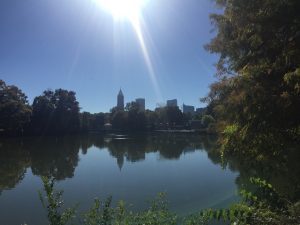
We continued on our journey and came upon the swimming pool. Only open during the summer, the pool included 4 lap lanes, a concession stand, and locker rooms.
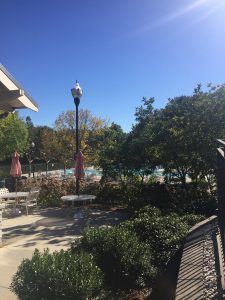
The concessions stand at the pool wasn’t the only one in the park however. There are multiple throughout the park, most of them only open on Saturday and Sunday. Blue Donkey Coffee and King of Pops, a couple of Emory favorites, are only some of the food options that the concessions stands have to offer.
After passing dog parks, playgrounds, and picnic areas, we climbed some stairs to my favorite area: The Active Oval. The Active Oval, home to a running track, two soccer fields, two softball fields, and and two sand volleyball courts, is where all of the sports practices take place. To me, the greatest part of it all was the view. Standing on the field gives the perfect panorama of the Downtown Atlanta landscape. Staring wide-eyed at the incredible city in front of me, I was so proud to call Atlanta my new home.
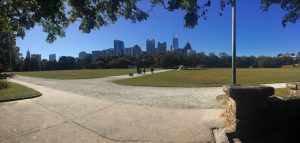
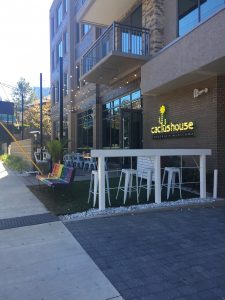
After snapping more than a few photos, my friend and I found ourselves wishing the concessions stands were open. We decided to walk to Piedmont Avenue, the city street where the park’s main entrance is located, to scope out the good restaurants. We quickly came upon Cactus House, a brand new Mexican restaurant about a block away from the park. We sat and enjoyed some chips and guacamole and an avocado taco on the porch, raving about our experience at the park. We agreed to gather a big group of friends and return on a weekend for a long walk and a picnic.
Overall, my experience at Piedmont Park was amazing. College students need to get off campus every once in awhile and spend some time outside to refresh their brains, and a walk in the park was exactly what I needed. However, my recommendation would be to visit the park on a Saturday or Sunday, especially if you’re looking to enjoy a snack and see all of the activity.
PARK INFORMATION
THE GREEN MARKET: Every Saturday in March-December, 9:00 a.m. – 1:00 p.m.
TOURS: History Tours, Tree Tours, and Bird Walks offered
FITNESS: Guided fitness classes and free monthly yoga
UPCOMING PARK EVENTS
NOV 1 – Pick Up and Pitch In for Piedmont Park @ 2:00 p.m. – 5:30 p.m.
NOV 12 – Love You Healthy Fitness Party @ 12:30 p.m. – 3:30 p.m.
NOV 27 – Free Yoga on the Promenade @ 7:00 p.m. – 8:00 p.m.
By Kate Monger
